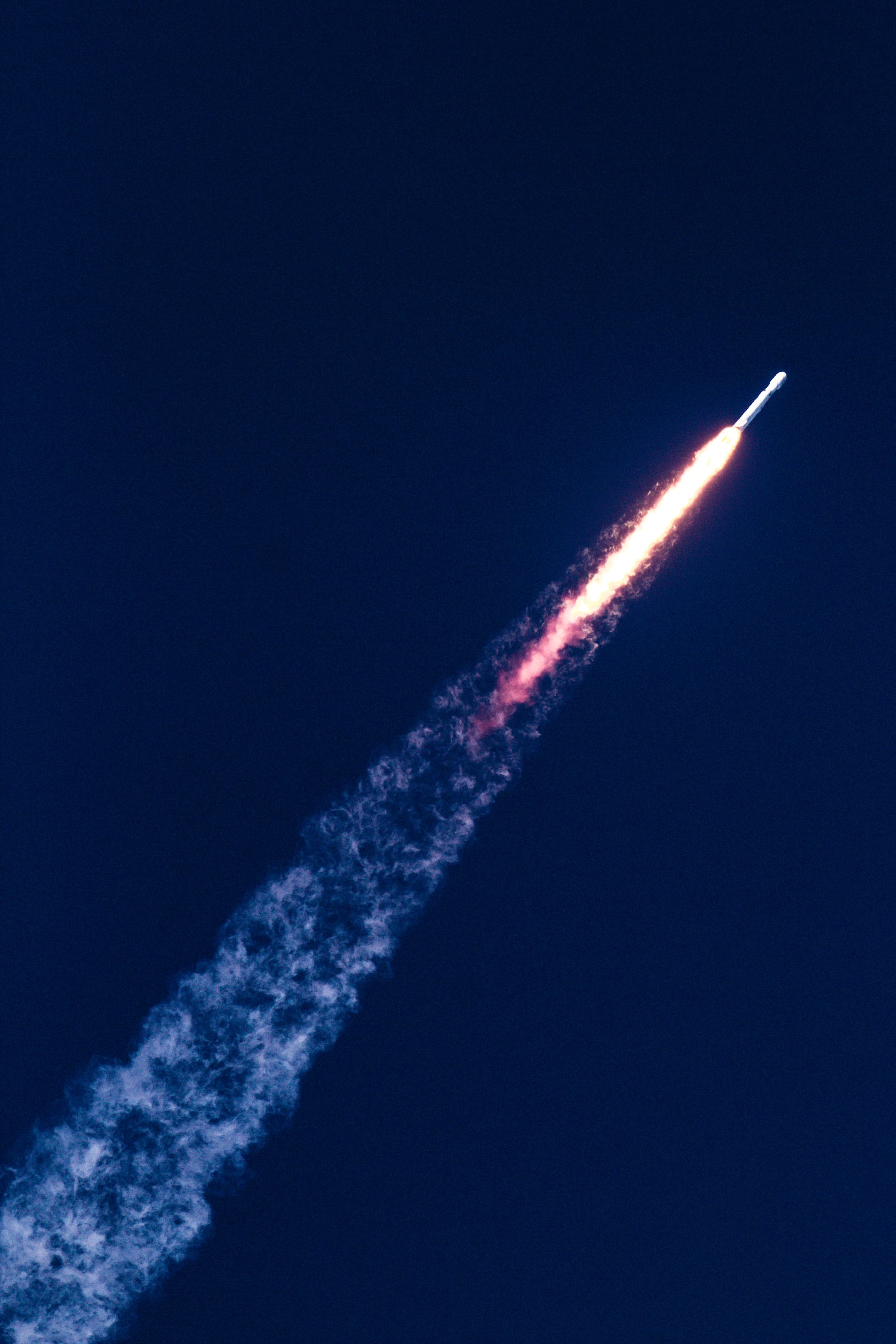On November 22, the SpaceX Falcon 9 rocket launched into space for the 11th time. But, unlike its previous ten flights, this time the first stage did not return with the famous vertical landing, but burned up in the atmosphere.
The mission launched from Space Launch Complex 40 (SLC-40) at the Cape Canaveral Space Force Station in Florida. 35 minutes after the launch from the site, the second stage of the Falcon 9 deployed a communications satellite into geosynchronous orbit for the French satellite operator Eutelsat.
The Falcon 9 first stage launch vehicle was SpaceX’s oldest active rocket and previously supported the launch of the Telstar 18V and Iridium-8 missions, as well as nine Starlink Internet satellite deployment missions. SpaceX usually lands the first stages of the Falcon 9 series launch vehicle shortly after launch. But since the mission for Eutelsat required more power to launch a 5.5-ton satellite into orbit, the rocket did not have enough fuel to gently return to Earth for further use.
Deployment of Eutelsat 10B confirmed pic.twitter.com/2TwjY8ObzS
— SpaceX (@SpaceX) November 23, 2022
Overall, the November 22 flight was the 52nd using a Falcon 9 rocket in 2022. 12 more missions are planned by the end of the year. This means that 2022 will be the busiest for SpaceX in terms of Falcon 9 flights, breaking last year’s record.

Earlier this month, SpaceX also launched its more powerful Falcon Heavy rocket for the first time in three years in a mission for the US Space Force. Elon Musk’s company is also preparing for the first launch of its next-generation Super Heavy rocket with 33 engines, which will become the most powerful rocket ever to take off from the surface of the Earth.
Earlier we reported that NASA plans to use the Super Heavy rocket and the StarShip spacecraft to land people on the Moon as part of the Artemis IV mission.
Follow us on Twitter to get the most interesting space news in time
https://twitter.com/ust_magazine

